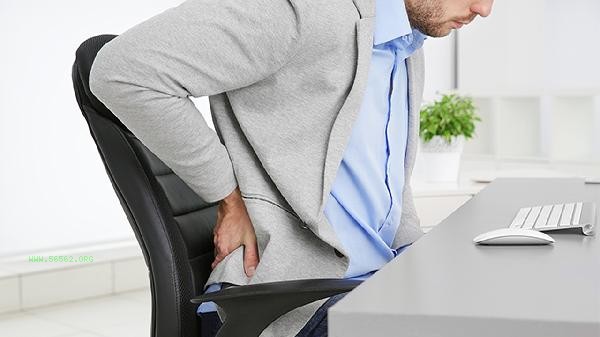After lumbar muscle strain, recovery can be promoted through rest, cold and hot compress, medication treatment, physical therapy, and rehabilitation training. Lumbar muscle strain is usually caused by factors such as sports injuries, improper posture, muscle fatigue, external impact, or sudden twisting.

1. Rest
During the acute phase, activities should be stopped immediately to avoid aggravating the injury. It is recommended to choose a hard bed when lying in bed, adopt a supine position, and place soft pillows under the knees to reduce pressure on the waist. Avoid lifting heavy objects, sitting for long periods of time, or suddenly bending over in daily life, and gradually increase mild activity during the recovery period.
2. Cold and hot compress
Ice compress every 2 hours for 15 minutes within 48 hours after pulling to reduce swelling and bleeding. After 48 hours, switch to hot compress to promote blood circulation. You can use a hot water bag or warm patch, with a temperature controlled at around 40 ℃, 3 times a day for 20 minutes each time. Note that individuals with sensitive skin should operate with towels.
3. Drug treatment
When pain is obvious, non steroidal anti-inflammatory drugs such as ibuprofen sustained-release capsules, diclofenac sodium sustained-release tablets, or flurbiprofen gel ointment for external use can be used according to the doctor's advice. Muscle spasms can be treated with methylprednisolone hydrochloride tablets. It is strictly prohibited to adjust the dosage of medication or mix medication by oneself.

4. Physical therapy
During the recovery period, physical therapy methods such as ultrasound, infrared, or low-frequency electrical stimulation can be used to help alleviate muscle adhesion and promote tissue repair. Professional massage techniques can relieve local muscle spasms, but it is necessary to avoid the acute swelling phase. It is recommended to undergo 2-3 treatments per week.
5. Rehabilitation Training
After pain relief, start with low-intensity movements such as supine hip lifting and cat style stretching, gradually increase core stability training such as side bridge support and bird dog style. Swimming and cycling are ideal choices for aerobic recovery, and quick turns or weight training should be avoided. During the recovery period, it is necessary to maintain a balanced diet and increase the intake of high-quality protein and vitamin C in moderation, such as eggs, fish, and kiwifruit, which can help with muscle repair. Use a lumbar support pillow during sleep, and wear waist protection on a daily basis but not for more than 2 weeks. If there is still persistent pain or limited mobility after 3 weeks, it is recommended to seek medical attention promptly to rule out complications such as lumbar disc herniation. To prevent recurrence, it is important to warm up adequately before exercise, strengthen the strength training of the waist and back muscles, and maintain an upright posture when carrying heavy objects.









Comments (0)
Leave a Comment
No comments yet
Be the first to share your thoughts!